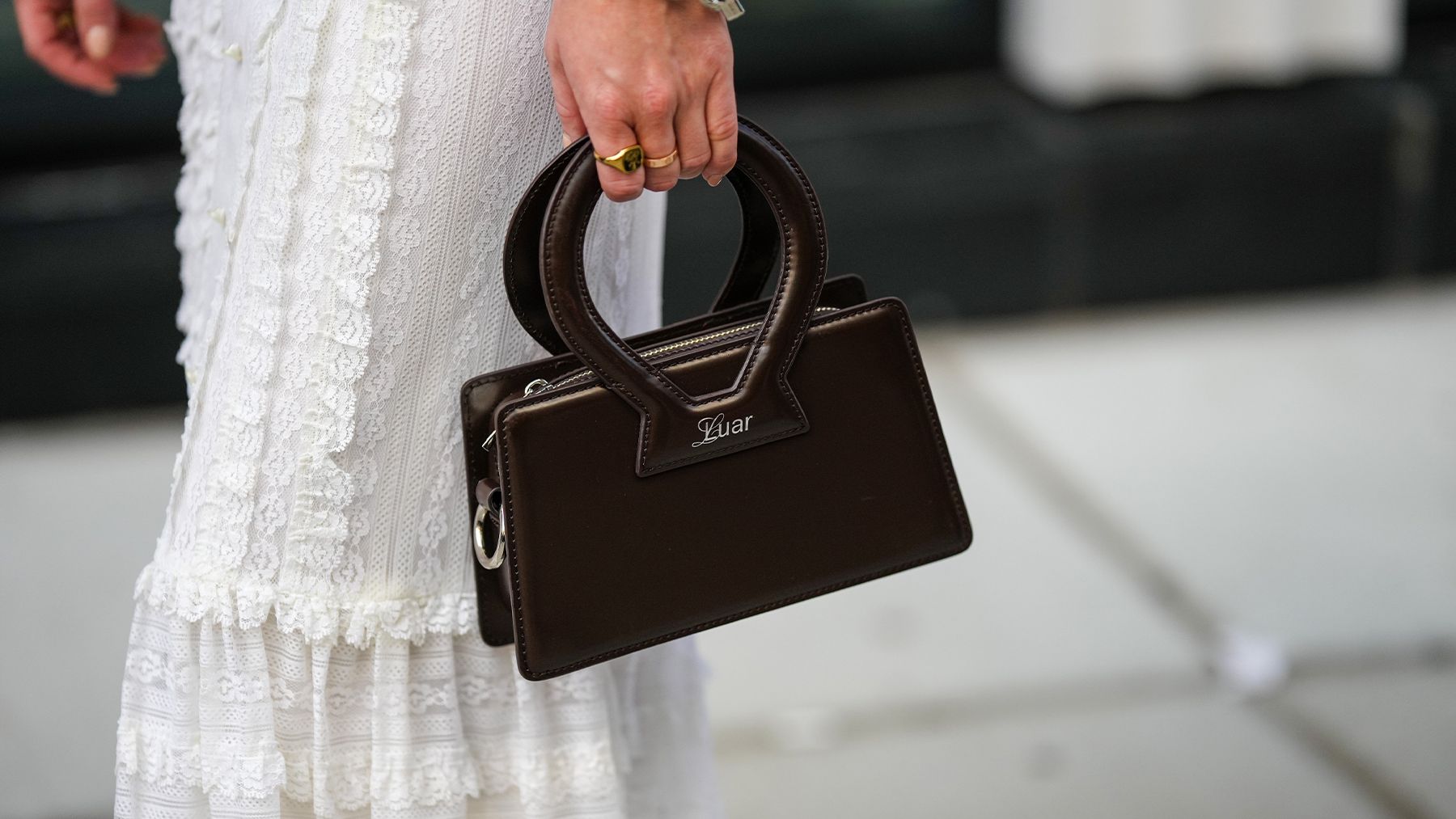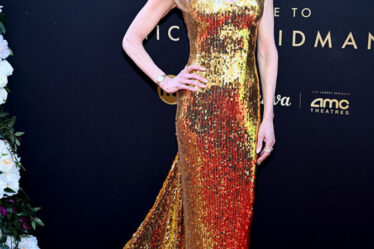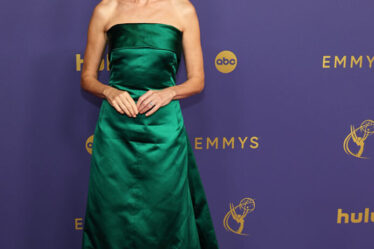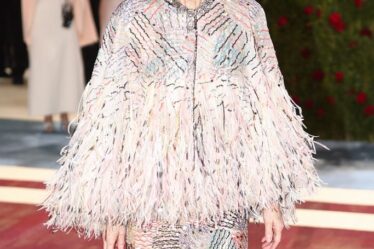
On a mild evening in early spring, an unassuming street in Brooklyn momentarily became the destination for New York’s fashion crowd. Club kids, streetwear aficionados and people dressed like Neo from “The Matrix” vied for a spot in the swelling crowd. The reason? A fashion label called Luar, which has become so hyped in recent years that even those not usually accustomed to queueing will gladly get in line.
It was worth it. Once inside, the show felt like a party, with Tony award-nominated playwright Jeremy O.Harris and rapper A$AP Ferg in attendance, cheers coming from the usually po-faced audience with each model, and classy and clever takes on evening wear and suitable for work suiting on the catwalk. It then – seamlessly – turned into an actual party, the kind with drinks on trays.
Luar’s designer, Raul Lopez, speaking a few weeks after the show, is wide-eyed but smiling when told about the scrum to get in. “It’s become a thing where it’s like getting into a club,” he says, speaking to The Guardian via video call from his grandmother’s house. “The kids start to leak it on TikTok or whatever… and like 700 or 800 people show up.”
Those numbers are testament to how Luar is a name known way beyond those in the rarified world of fashion. This is perhaps partly because Lopez – a queer designer of colour who grew up in a non-gentrified area of New York – stands out from the industry he operates in. Rather than obscure these differences, Luar leans into them and celebrates them – constructing something radical: a luxury label that has appeal beyond the 1 percent.
If, in the fashion world, New York has long been shorthand for the uptown polish of labels such as Michael Kors and Ralph Lauren, Lopez’s Luar is one of a number of labels finally showing different points of view in this most diverse of cities. Other names include Willy Chavarria, the 56-year-old designer who works for Calvin Klein and is enjoying something of a resurgence of interest, thanks to his genderless designs and diverse street casting. And Head of State, the label founded by Taofeek Abijako when he was 17. His collection in February was a moving tribute to his father’s journey from Nigeria to Spain and finally the US.
Notably, Lopez closed fashion week – a prestigious slot usually reserved for a household name. He sees this as an affirmation. “I was born and raised in New York, [and] coming from these disturbed neighbourhoods… to be able to display my work for the world and for New York, it was an honour,” he says. “In a weird way, it wasn’t really about me, it was about everybody. It’s like ‘I can do this, you can do this too, you know, you just got to hustle.’”
There are other signs of success. He is one of nine finalists up for this year’s prestigious LVMH prize for young designers, with the winner announced in June. He was also awarded the CDFA accessories designer of the year in 2022. And sales are growing – with the Ana bag key to this meteoric rise. The first drop, in October 2021, sold out within 30 minutes, and according to Vogue Business, sales for the brand increased 140% from spring/summer 2022 to spring/summer 2023.
Launched in 2021, the classic square shape with a looped round handle has become a favourite of celebrities including Dua Lipa, Troye Sivan and (delightfully) Patti LaBelle, but also regular folk. This is partly because of its price tag – the largest is $395 (£315). That might sound expensive – and it is – but compare that to other catwalk brands and it becomes relatively affordable in the world of luxury; a Louis Vuitton Speedy will set you back £1,310, for example, while a Chanel 2.55 is £8,530.
By Lauren Cochrane



